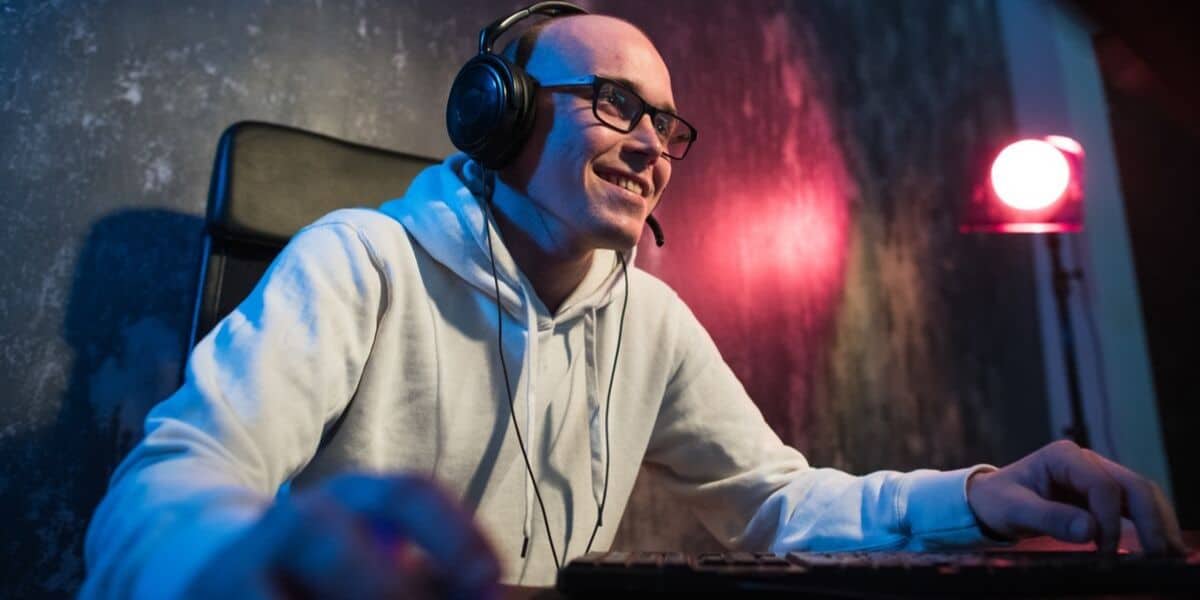
Aug
PC Voxel Games
Since the Minecraft game first appeared, we’ve heard a lot of players talk about a real revolution with the voxels. What is it?
- Does the schmilblick fit in hand?
The voxel is in 3D what a pixel is in 2D. In other words, The voxel is a cube that is part of a matrix. Nothing to do with Keanu Reeves or release your mind, no need to swallow a blue pill either. Here it is really about mathematics and geometry. However, we will try to enlighten you on the subject without appearing too boring! Because that’s how we are at Hitek’s. A matrix is a grid in space, each section of which allows to position an object, with its characteristics.
- Is the schmilblick against immigrant workers?
A 3D matrix of objects, what’s the point? For those who have played Minecraft, you are completely in it: a matrix allows to generate universes based on textured objects, on which you can interact. Many recent games use this principle: Voxatron proposes a world all in voxels, editable to wish to create adventures with Zelda.
More recently, role-playing games like Cube World use a matrix to create a voxel decor stretching as far as the eye can see, with retro-looking objects and characters. The game also features an interface to add voxels to your weapons and armor to modify their capabilities. Contrary to popular belief, this game is not a Minecraft clone since Minecraft does not use voxels (voxels have a unique color, like pixels, while Minecraft uses textured cubes).
We can find much more subtle uses for matrices in projects like Overgrowth. The interest of a matrix of objects is that it is not “hollow”, like the polygonal objects used for conventional 3D, it is a very practical tool for collision detection, especially the destruction of buildings as one attacks, for a precise location and an adapted reaction.
Contrary to popular belief, Markus Persson did not invent anything. The concept has been around for a long time, and the list of games that use voxel matrices to generate land is growing. From personal experience, I have an excellent memory of Comanche: Maximum Overkill, a helicopter game that ran on my good old 486SX, and where the voxels made it possible to generate hills and valleys with a striking realism for the time! Among many other examples, Crysis or Worms 3D also used voxel, combined with conventional 3D. Some games like Castle Story today offer strategy games in a voxels decor, constructible and destructible to wish.
- Can we put the schmilblick in the children’s bottle?
All these projects use voxel mainly for the generation of the land, but what about the characters and decor elements? The problem is getting worse. The disadvantage of a matrix is that it requires greater computational effort and is used mainly for fixed objects. The animation, in particular, poses problems; at the moment we use characters based on polygons, the points of a 3D model are attached to a simplified skeleton. When the skeleton moves, the dots follow, and this is how the illusion of movement is created. Since the model is “hollow”, we can obtain highly polygonal models without too many problems with the current machines.
Now imagine that your character is made up entirely of tiny cubes, so small that you would think of them as dots. To obtain a detailed model based on voxels, the quantity of 3D objects needed is then increased tenfold. Your skeleton has to move a large number of points and faces, which makes the task very complicated for our current computers. This is why games like Voxatron or Cube World use only retro-looking characters for the moment: the pixelated aspect of the characters allows to considerably lighten the number of volumes involved in the animation. On the other hand, I let you dream by imagining the games of tomorrow when the computational abilities of our computers will allow it.
- Can we push the schmilblick?
At the moment, in the utmost secrecy, independent developers are working on rendering optimization for voxels, allowing “ultra high definition” 3D renderings. It is no longer a utopia to have games made entirely in voxels, whether for the terrain, the characters, and their animations, or the atmospheric effects.


Sorry, the comment form is closed at this time.